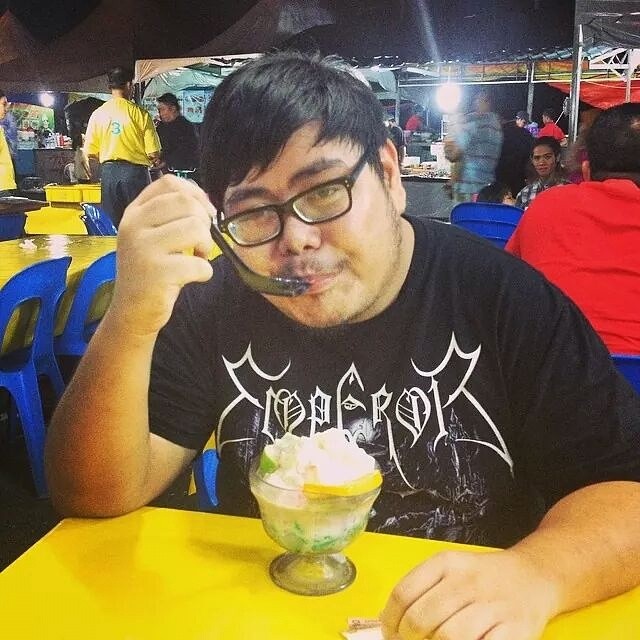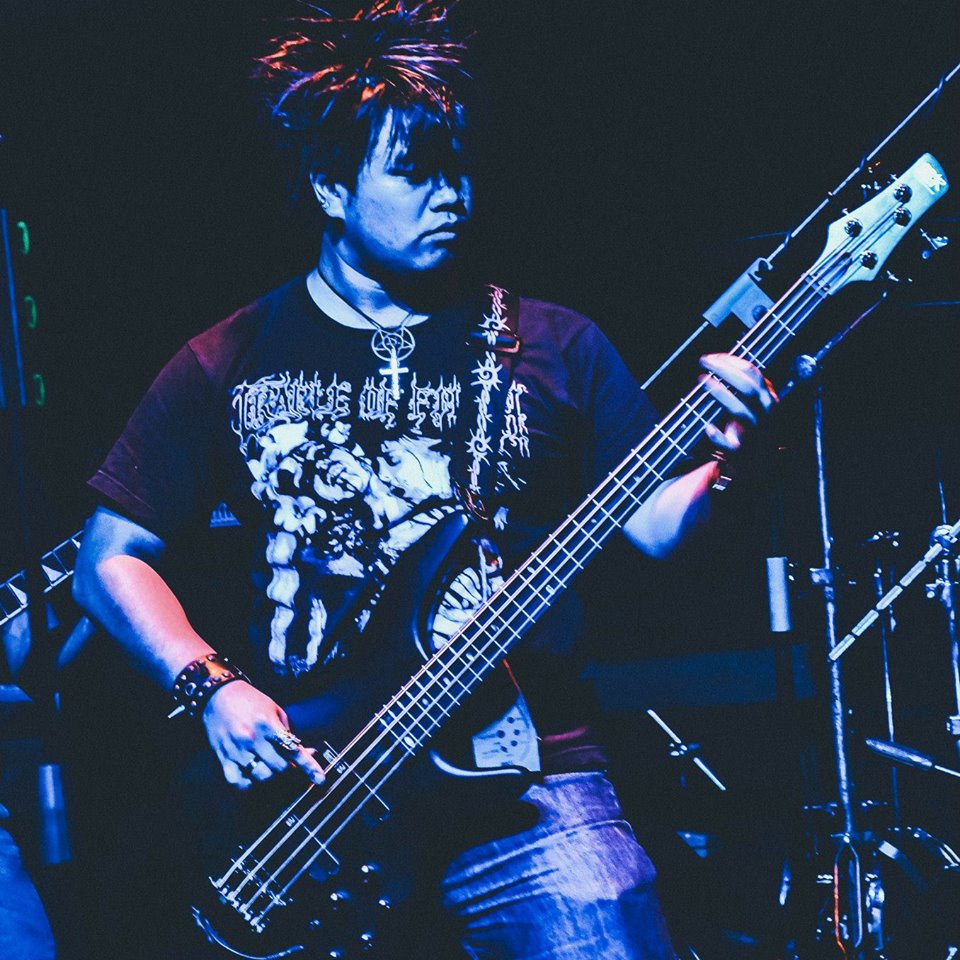At this point, almost everyone has heard of Phil Anselmo’s antics at Dimebash this year. At the end of the event, the former vocalist of Pantera and currently of Down, made the NAZI salute while shouting white power.
This was not some dungeon neo-NAZI wannabe band singer. Pantera and Down were some of the biggest bands in Metal in the 90s. Down still produces records until today and don’t seem to be halting anytime soon. His voice is heard by many Metalheads, young and old.
The ruckus was not out of hearsay from the rumour mill but the man was caught on tape. At first, he didn’t want to apologize but after the slew of attacks from the metal community he finally came to his senses and said sorry. However, not many were buying it. Apparently, the back story was that it was joke about drinking white wine backstage. The rest of the musicians who were playing at Dimebash then pointed out no one were drinking white wine and only German beer was being served.
So the comments continued and Phil Anselmo became the figure to hate for the week. Unfortunately, the apologists came rolling in too.
Fucking Hostile
Source: Melanin DVDs
Like said above, Anselmo has legion of fans. They’re rabid and willing to protect their hero. A common question being asked now, almost in every thread is that; why is fine for black people to scream “black power,” or Hispanics shout “brown pride” but it’s not fine when a white person say “white pride” or “white power.”
Now, let’s be clear, no one is saying that white people should not be proud of the culture they wish to associate with. The Irish have St Patrick's Day and they are very white. The Germans can celebrate “German efficiency” or Oktoberfest as part of their culture, without calling back NAZI references. They are proud of being who they are without denigrating other races.
The problem with the terms “white pride” or “white power” is that they have been associated with racist organizations like the Klu Klux Klan. These aren’t organizations that “just say racist things.” These are groups that have a history of lynching black people, intimidate Hispanics from moving to white areas and actively harassing anyone of colour. The terms have been used by pro-Apartheid organizations in South Africa, a system of segregation that punished black people into socio economic hellholes well into the 1990s. Also, I don’t need to get into the history of the NAZIs don’t I?
Using the term only empowers those who affiliate themselves with these organizations. There many ways to celebrate white culture but going all “Sieg Heil” or “White Pride” isn’t celebrating white culture, it is the glorification of colonization and the oppression of people of colour.
Black power and brown pride on the other hand exist out of different circumstance. We have to remember that people of colour have not had their way in the past. They were often told that the darker their pigmentation, the more shame there is to their existence. Aborigines in Australia were not considered to be human well into the 60s. They were considered to be part of the flora and fauna. That means that you can straight up murder them in the past and still not get charged with murder. So when they say aboriginal pride, they are standing up against the adversities of living in world where they were once literally treated as animals.
Black power came from the civil rights movement, as a way to galvanize young African-Americans to fight for their rights. Segregation has pushed them into a corner to make them thing that they are not worthy to receive better government services, or even to be treated as a human being. It is literally a battle cry to fight against injustice and to not be treated as an outcast. That to me is fucking metal.
When Hispanics say brown pride, they are telling themselves to be proud of their skin colour. They need not conform to a society that associates as white being better by default or to be considered as beautiful. No one is better by default; everyone has to proof themselves in this world. In a world with such prejudices, being proud of the colour of their skin is a revolutionary act.
What about Freedom of Speech?
Source: Bookstacks
This the last line of defence for these apologists. Let’s be realistic here. Phil isn’t going to jail for saying those nasty words.
The beauty about freedom of speech is that you can say anything you want under the sun, and that includes the ability to call out on other people’s bullshit. The right was designed so that everything can be critiqued and should be encouraged to do so.
It is because of this right, we are able to stand up against the oppression of religious structures, the structural racism that exist in today’s government institution or against the sexist structures that once barred your sisters, mothers and grandmothers from voting.
No one is being censored here. The KKK is still alive and well, but all hidden under their sheets. They can say all the stupid shit they want all day. However if you say something dehumanizing and brain numbing dumb, be prepared to face the consequences.
Why Should The Metal Scene Be Bothered With All This?
Hirax's vocalist, Katon W. DePena | Source: Rockstage Riot
Metal from day one has been a scene for outcasts. It is a scene where all the misfits come in for their love of music. It may have started with white guys with long hair and leather, but it expanded to include every single person imaginable.
Rob Halford, vocalist of one of the biggest metal bands, Judas Priest is gay. Heavy Metal was where he was able to release all his frustration and have a creative outlet. Imagine if he felt that Metal or any other rock music wasn’t the place he was supposed to be.
We as Metalheads who have been outcasts, different from the pack need to keep this space open to anyone who wants to participate. If this space didn’t exist, where would we end up?
We did it before where NSBM became popular. We can definitely weed these people out again, slap some sense into their existence.
Metal is used as an outlet to question the unnecessary oppression that exists in this world. To talk about the darker parts of life that troubles us. It is however, not a place to denigrate groups of people, just because they were born of a certain skin colour.


Terence A. Anthony commutes between Kuala Lumpur and Kuching. Co-Founder of Aural Chaos. He also writes for Greater Malaysia and Opinions Unleashed.









































